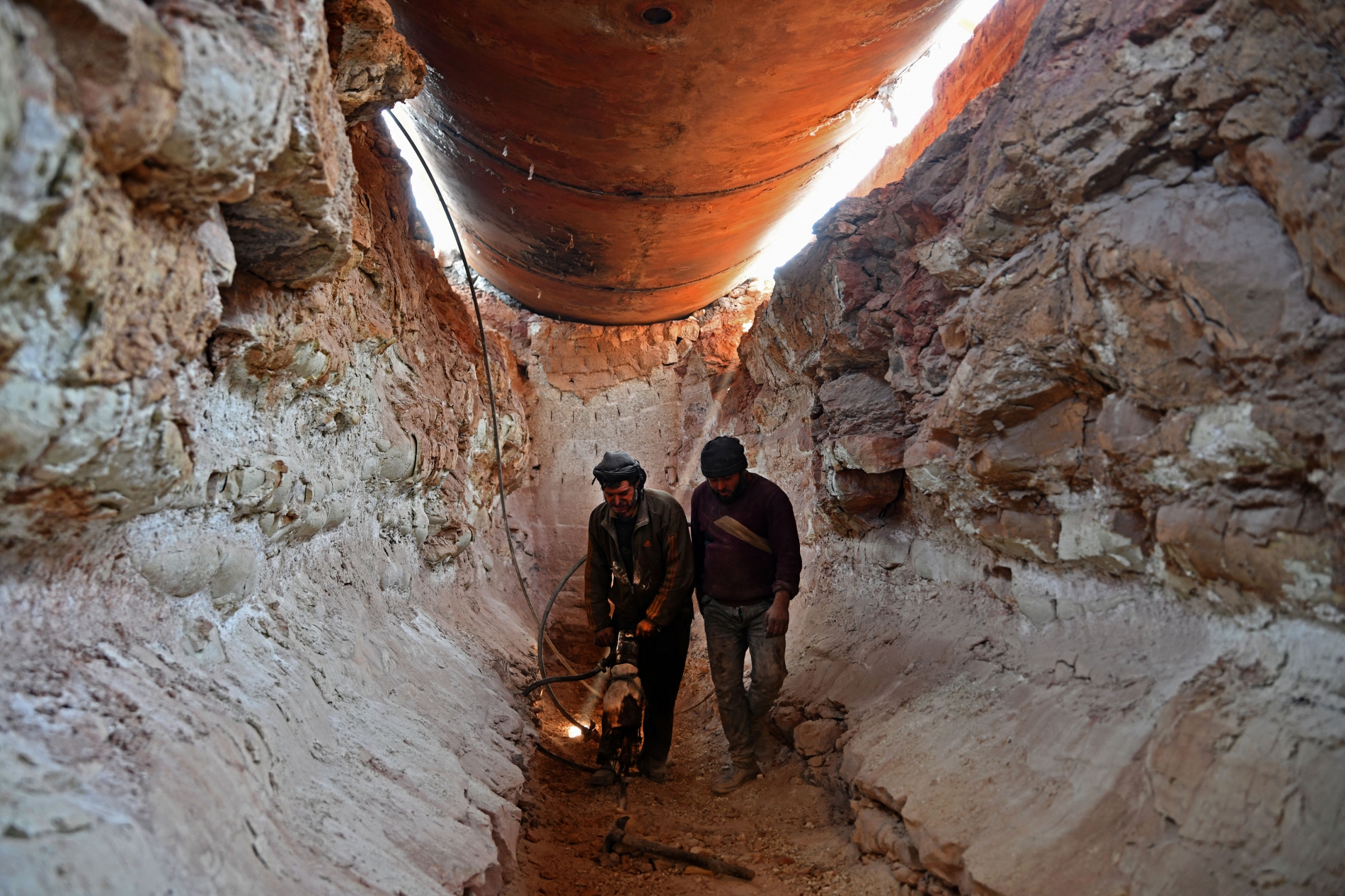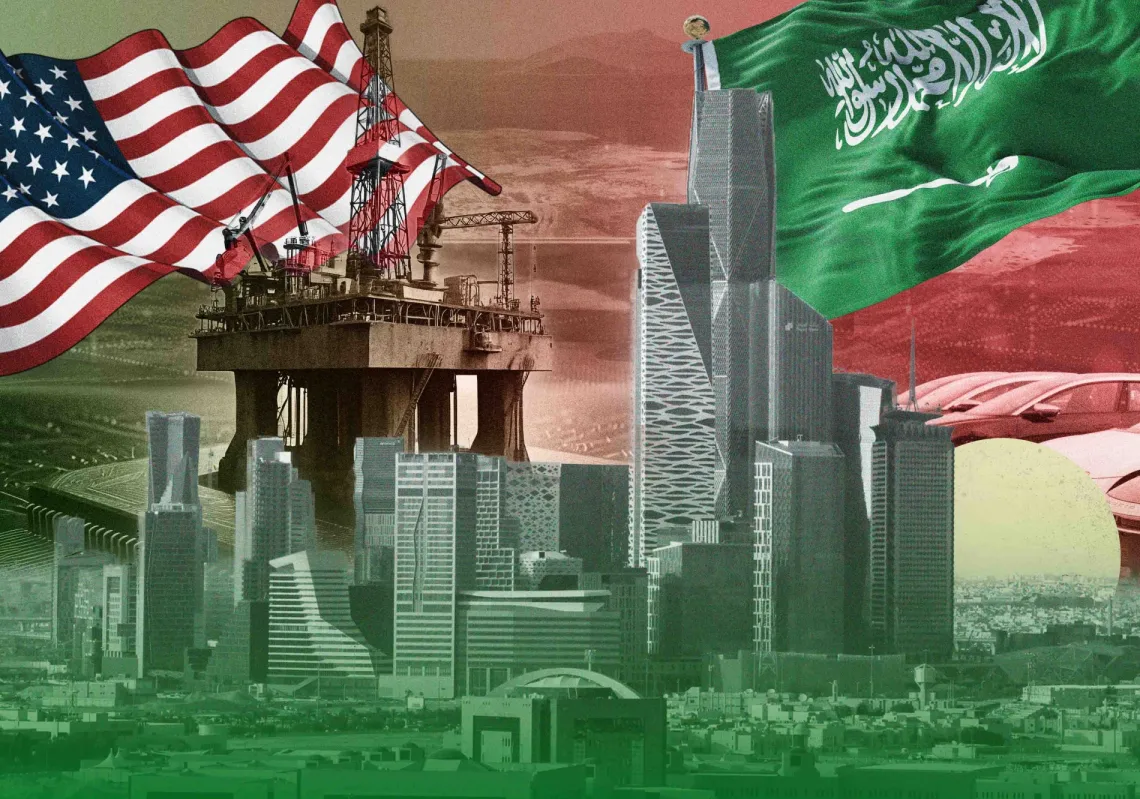Syria has a wealth of resources and related industries, such as agriculture. In the 1950s, the country produced vast quantities of wheat—both hard and soft varieties—and exported fruit, olives, olive oil, leather, furniture, and fabrics made by skilled artisans, as a flourishing private sector boosted trade.
The 1960s ushered in a change in political regime, however. Its state-capitalist model placed the means of production under state control. The government assumed ownership of everything, installing managers who lacked the expertise or qualifications. This bred partisanship, political affiliation, and cronyism. All this may seem irrelevant to those now interested in Syria’s oil reserves, but it is not. The issues are connected.
Oil’s early years
Syria’s oil story is a complex one that began in the late 1950s, when two small, little-known companies—Concordia and Manhal—were allowed to operate near Iraq, in the north-east of Syria, in the Sweidiyeh, Rumailan, and Karachok regions.
This was when global oil production was dominated by five major companies (three American, one British-Norwegian, and one French), whose prospectors found oil in Iraq, Iran, Saudi Arabia, Kuwait, Libya, Algeria, Venezuela, the United Arab Emirates, Bahrain, and Qatar.
Syria was largely overlooked by these giants, partly because the Iraq Petroleum Company (IPC) had previously explored Syria’s Euphrates region and deemed it unworthy of further investment. Still, after geological studies, oil was discovered in the north-east, with recoverable reserves estimated at 2.5 million barrels.
By the late 1950s, with only a few rigs and a small team of Syrian and foreign engineers, extraction began. The primary challenge was transport: building pipelines and finding an export port (a costly endeavour). The oil found was of heavy consistency (API124), a thick bituminous type—less desirable than the light crude of the Gulf.
Still, during the brief Syria-Egypt union, a refinery was built in Homs with a capacity of 1 million barrels per year (bpd), close to the pipeline transporting Iraqi oil from Kirkuk to Baniyas (on the Syrian coast, between Latakia and Tartous) and Tripoli in Lebanon.
Syria had signed a 1949 agreement for two pipelines: one to the Baniyas refinery owned by a British-Norwegian company operating in Iraq, and another running to the Tripoli refinery and port. Syria got transit fees from both pipelines.
Private to public
When the Homs refinery was built, it began drawing its needs from Iraqi crude, with financial settlements calculated against Syria’s pipeline transit share, but in 1963 the Baath Party took power. The following year, under the slogan “Arab oil for the Arabs,” all foreign oil licences were revoked.

Manhal and Concordia were nationalised, and a new Ministry of Oil and General Petroleum Corporation (later renamed the General Company for Oil) were established. The ownership of the oil, together with the exploration and production of it, now came firmly under the Syrian state.
The Syrians worked with Soviet experts to find reserves. In 1965, the General Company for Oil contracted the construction of pipelines from Sweidiyeh, Rumailan, and Karachok to a new terminal north of Tartous. This terminal, near the expanded Homs refinery (now 1.5 million barrels per year), would serve oil exports.













